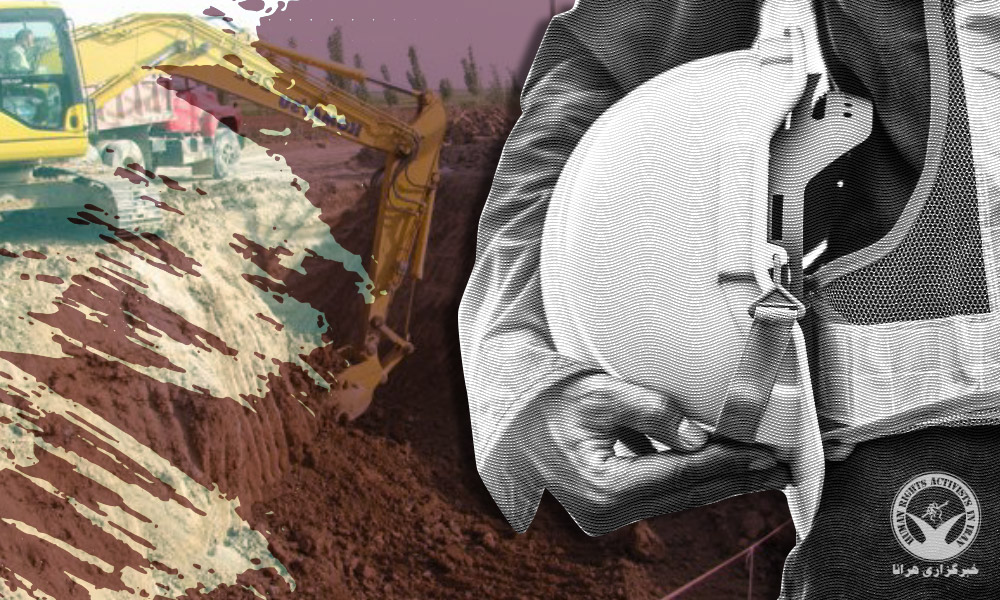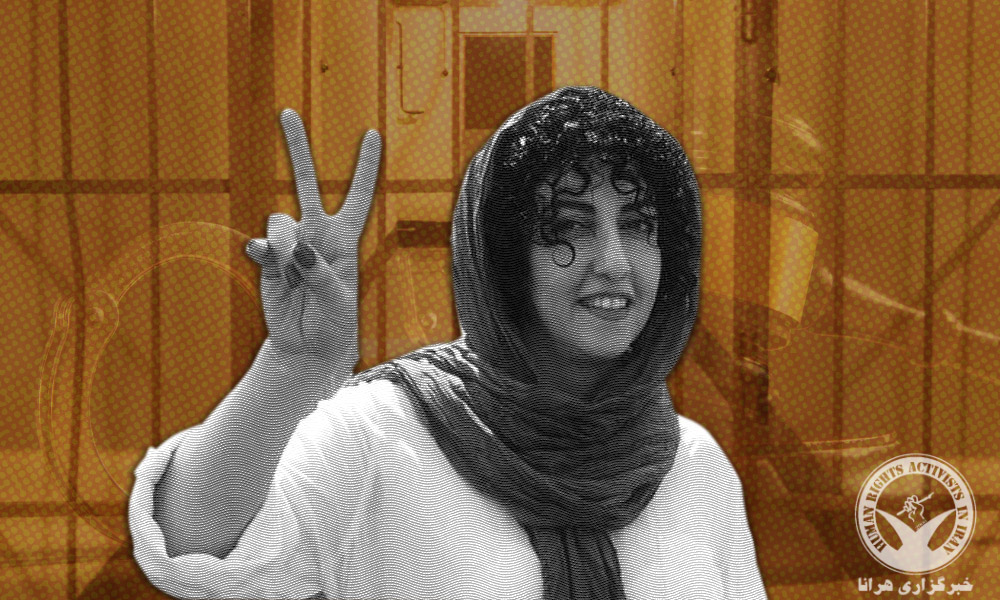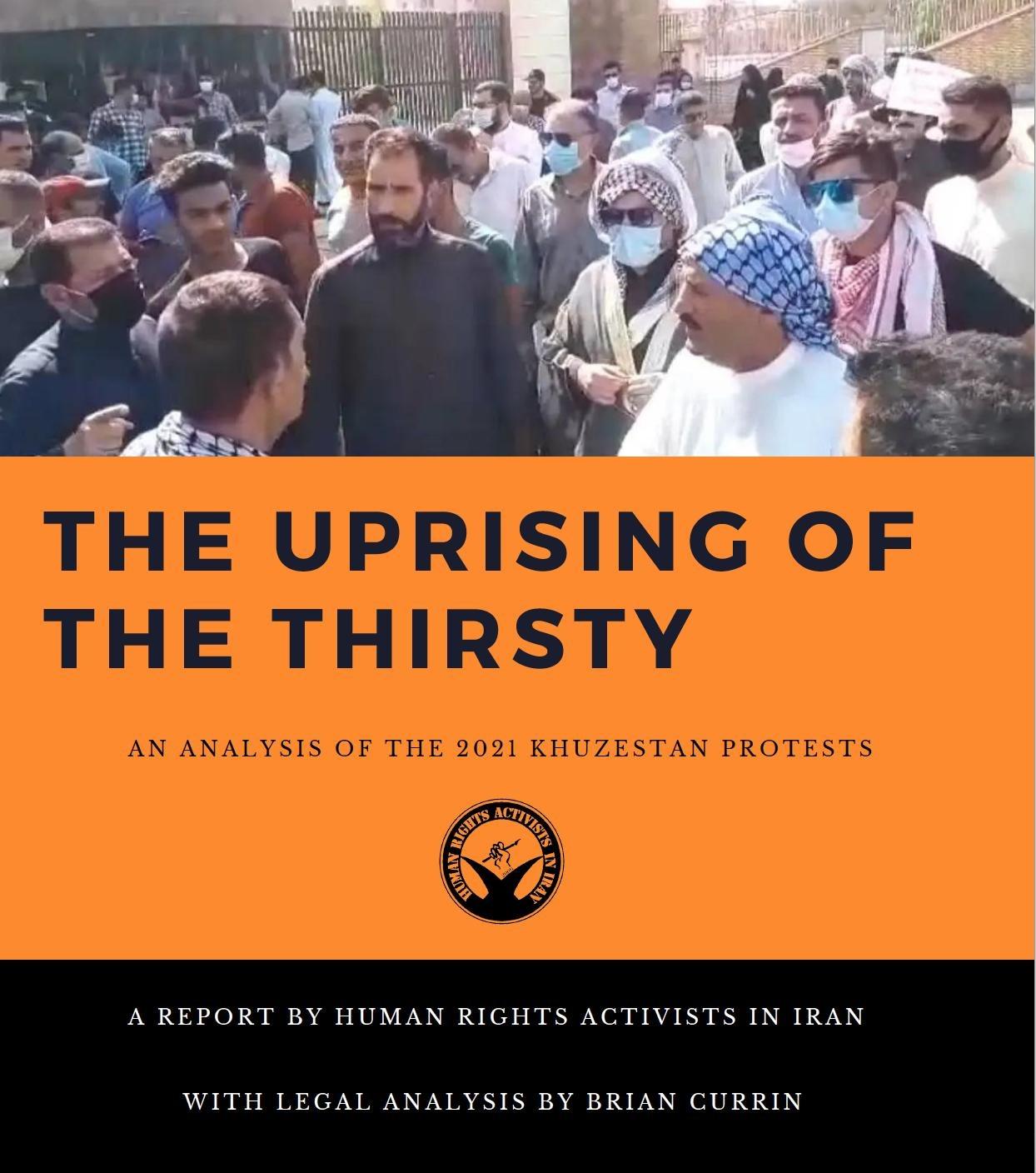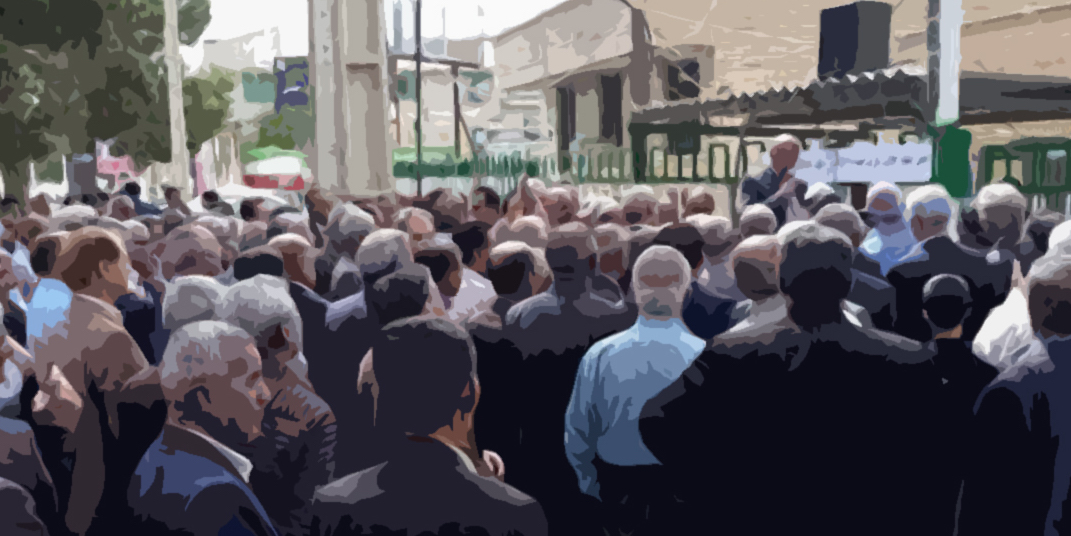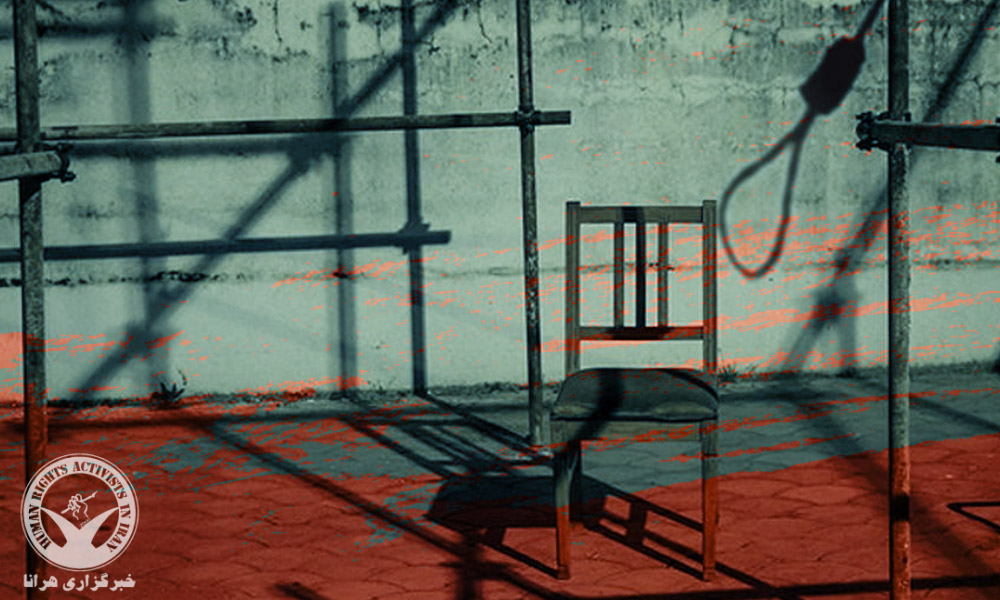According to HRANA, the news agency of Human Rights Activists, a number of protests took place this week in Iran, many of which were continuations of ongoing movements. Read our recap below for details, photos, and videos from the demonstrations.
Saturday, October 23
A group of contracted teachers and educators from the counties of Chaharmahal and Bakhtiari Province assembled in front of the government building in Shahrekord to protest this year layoffs.
“126 teachers have been fired this academic year,” one protestor stated at the demonstration. “These layoffs happened only to the educators of this province. The teachers with the same conditions, all over the county, continue their work.”, he added.

Sunday, October 24
Workers for a heap leaching project at the copper mine Sungun Varzaghan assembled and protested their unpaid benefits this Sunday.
Monday, October 25
In various cities across the country, judiciary personnel assembled in front of their local justice buildings and protested worsening job conditions and the failure of authorities to address their demands.
These protests were held in Tehran, Zanjan, Hamedan, Qom, Arak, Babol, Borujerd, Chaedgan, Firuzabad, Kerman, Khandab, Kuhrang, Meybod, Lenjan, Sari, Mehr, Nahavand, Urmia, Paveh, Rumeshkan, Semirom, Shahrekord, Shirvan,Shut, Taft, Razan, Eslamshahr, and Tuyserkan.

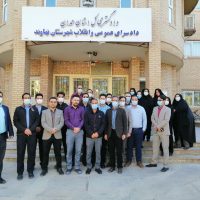
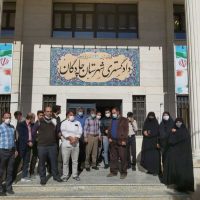

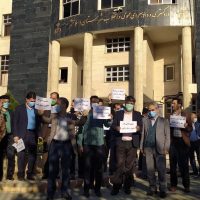

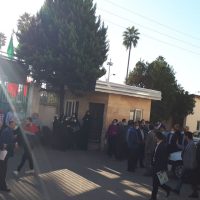

A group of patients with the blood disorder thalassemia assembled in front of the Ministry of Health and Medical Education building in Tehran. They protested the shortage of medicine and the institution’s shortcomings in addressing their issues.

A number of retirees on the pension fund of steel corporation Fulad traveled from various cities to Tehran and assembled in front of the pension fund building. As a symbolic act, they spread tablecloths without any food to show they hardly afford living costs. They asked for a pension above the poverty line, free medical treatment and closing the gap in pension incomes. They claimed that Fulad’s pension fund has breached regulations.
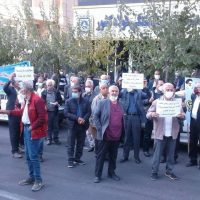
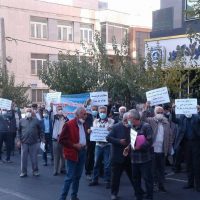

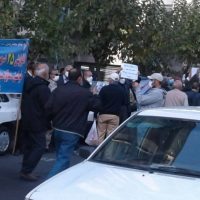
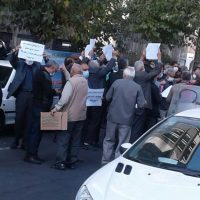

A group of teachers and educators in Rafsanjan City who has passed the recruitment exam taken by the Ministry of Education assembled in front of the building of this ministry in Rafsanjan.
“We are 62 teachers and all have been passed the recruitment exam, nonetheless, we have not been recruited,” one of the teachers commented. He added, “Given that the Ministry of Education needed more than 200 teachers and there are a lot of local labour forces to be hired, why do they recruit from other cities?”
A number of athletes and paralympic medalists assembled in front of the government building in Damghan City. They protested the mismanagement of the county Ministry of Sport and Youth, as well as a shortage of sports facilities. According to these protestors, the sport salon allocated to them is often closed and each time they have to wait three hours for using the salon.
Bus and minibus drivers working in the transportation service of Southern Pars (Asaluyeh and Bandar-e Kangan) assembled outside the premises of the refineries. They protested against low wages in comparison to increasing transportation costs.
“Our wage is lower in comparison to the vehicle depreciation costs,” one protestor said, “and even though it is not enough, they delay payment.”

A number of young job seekers in Shushtar city assembled in front of the Karun Agro-industry Complex. They asked for recruitment of local job seekers in this industry complex. They find it unfair that, despite having several big corporation in this city, many skilled and educated workers remain jobless.

Some personnel of the Real Estate Registration Organization of Iran assembled and protested in front of the office of a member of the parliament in Qazvin.
A group of market workers in the border village Sheykh Salleh assembled to protest against the assigning of border affairs to a non-native company.
Tuesday, October 26
A number of workers of Omidiyeh Water and Wastewater Company assembled in front of the government building of this city.
These workers said that despite promises from supervisors, they have four-month unpaid wages. Moreover, the end of year bonuses and three years end of service benefits have not been paid. They have protested several times in the past, but every time, they have not received an adequate response from authorities.
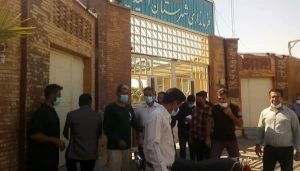
The retirees of Imam Khomeini hospital in Karaj assembled in front of this hospital to promote their demands on Tuesday.
For the second day, the retirees of the pension fund of the steel corporation Fulad assembled in front of the pension fund building in Tehran.
A group of retirees and working personnel of airline company Homa assembled in front of the building of Iran Ministry of Roads & Urban Development. They asked for fair and timely wages. According to these protestors, not only is the pension insignificant, but also there have been significant payment delays.

A number of farmers from eastern Isfahan assembled in front of the building of the Ministry of Agriculture Jihad. They protested not receiving their water shares and rights.
Workers of contractor companies delivering services like gardening, maintenance and transport for Pars Oil and Gas Company assembled in Asaluyeh to demand increased wages, supplementary insurance, and implementation of the Job Classification plan.
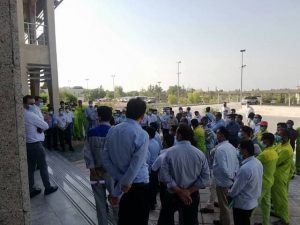
In Isfahan and Yazd Provinces, a number of people with hearing impairment assembled in front of the buildings of the State Welfare Organization of Iran. They cited livelihood problems, including denial of right to housing and insurance, as the reasons for their protest.
Wednesday, October 27
For the third consecutive day, a group of workers of Gachsaran Petrochemical Company protested at their workplace and then in front of the government building of Gachsaran.
They said that the contractors discriminates against the native laborers and threatens them to be fired. Reportedly, these contractor companies have raised the wage of non-native labor but not the native ones.
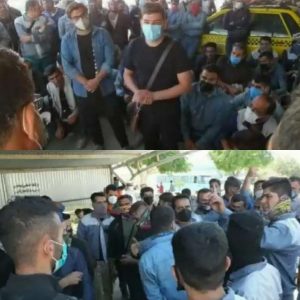
Some personnel of the Azad University, unit “Yadegare Imam” in Shahr-e-Rey city assembled and protested at the university premises to protest ongoing mismanagement. Reportedly, this protest turned somewhat violent.
A number of people who have lost their money in their accounts with Cryptoland, a cryptocurrency exchange, protested in front of the Tehran Courthouse. They demanded that legal processing return their losses.
A number of disabled war veterans assembled in front of the building of the Foundation of Martyrs and Veterans Affairs in Tehran. They protested poor living conditions and the non-implementation of some protective laws
Thursday, October 28
A number of workers of Khorramshahr municipality assembled in front of the building of the municipality to protest against a six-month delay in payment and other demands.
In Isfahan, a number of people with hearing loss assembled in front of the buildings of the State Welfare Organization of Iran.
A number of workers of the Kut-Abdollah municipality protested in front of the Governorate building of Khuzestan Province. They asked for the payment of their delayed wages.



